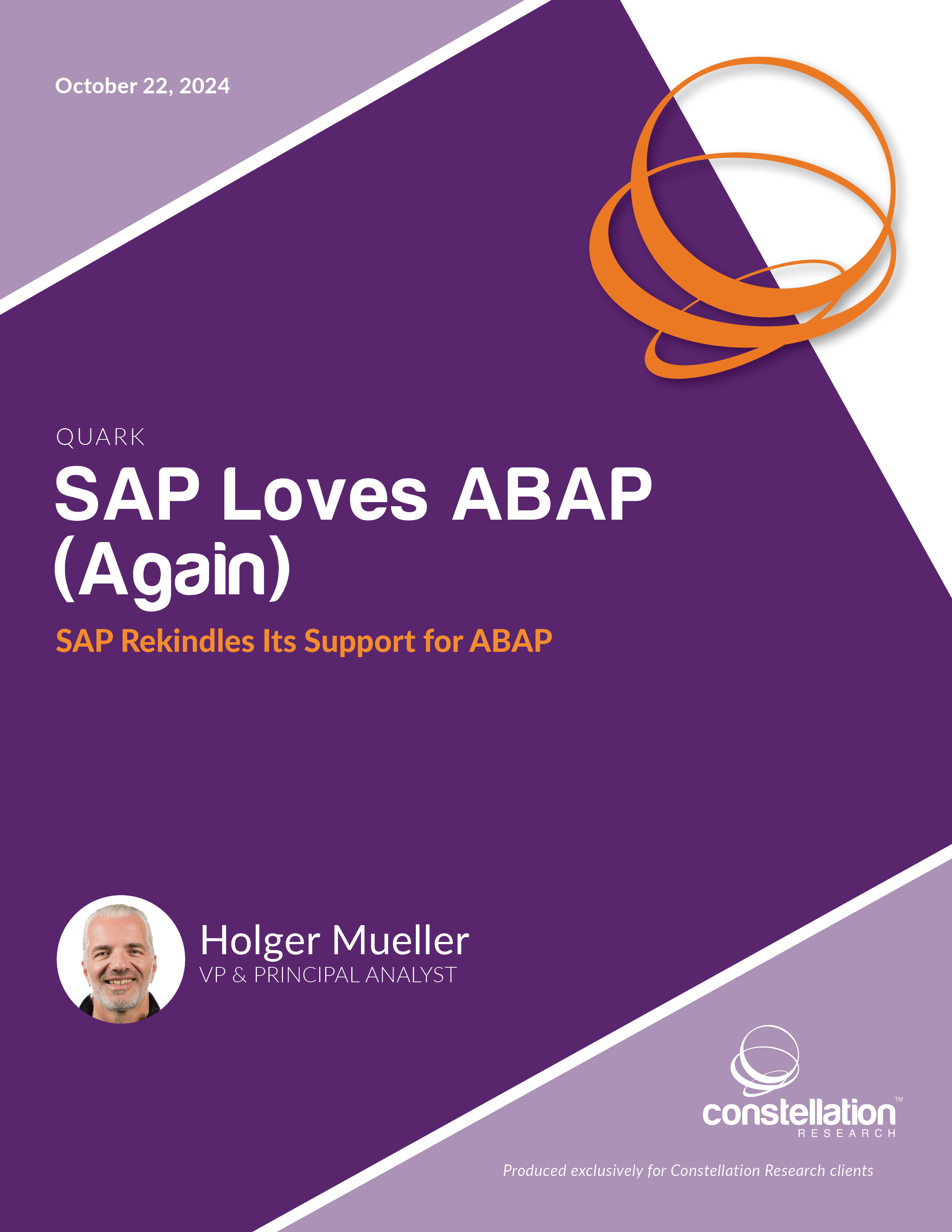 Introduction
Introduction
SAP used to have the tagline “The world runs on SAP,” which was backed up by the amount of revenue SAP customers did generate. A more truthful statement would have been “The world runs on ABAP.” ABAP—conceived in the mainframe days of SAP R/2 with its roots in creating reports (a key business application challenge of the time)—evolved into a typical 1990s fourth-generation programming language (4GL) with the rise of SAP R/3, which has been written almost exclusively in ABAP.
As with any 4GL, developer productivity/velocity for building business applications with ABAP is very high, most likely unmatched by any recent programming languages including Java, C#, and Python. And this is no surprise: Although those are all-purpose programming languages, ABAP was designed, created, and maintained to do one thing: build business applications. ABAP code plays a crucial role these days for SAP customers, because their evaluation of upgrading to SAP’s new ERP system, S/4HANA, means reviewing, evaluating, and potentially re-creating critical business application logic and determining which code assets need to be ported, which need to be rebuilt, and which can be trashed.
At SAP TechEd 2024, SAP announced it has added support for ABAP to SAP Build, bringing together ABAP, pro-code (in Java, etc.), and low-code/no-code in an offering. This Constellation Quark looks into this announcement and its significance.


